Optimal Seasons for Foundation Repairs
Foundation repairs are most effectively performed under specific seasonal conditions that minimize risks and ensure optimal results. Timing depends on weather patterns, soil conditions, and the type of repair needed. Understanding these factors can help homeowners plan repairs at the most suitable time.
Spring offers moderate temperatures and manageable soil moisture levels, making it a favorable time for foundation work. However, frequent rain can sometimes delay projects.
Summer provides longer daylight hours and warm weather, which can facilitate certain repair methods. Care must be taken to avoid extreme heat that may affect materials.
Fall is ideal due to cooler temperatures and stable soil conditions. It allows for thorough repairs before winter weather sets in.
Winter is generally less suitable due to frozen ground and potential delays caused by snow and ice. However, some repairs may be possible in milder climates.
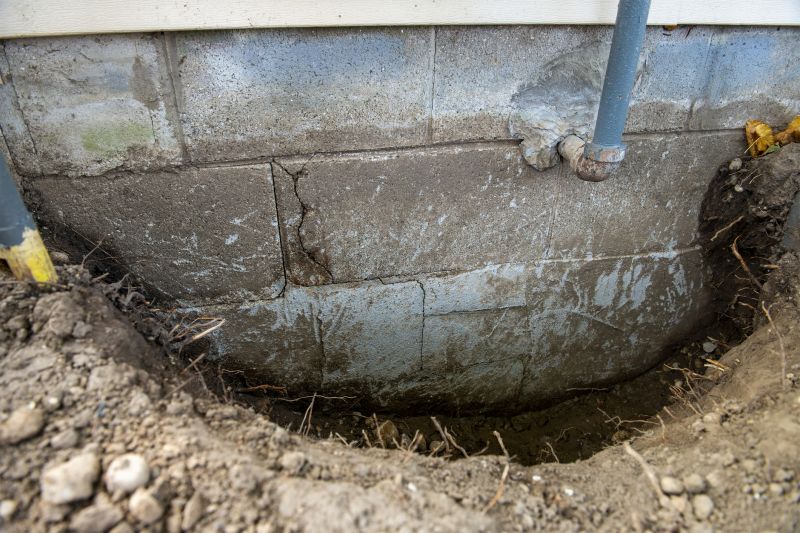
Cracks can indicate shifting or settling, often influenced by seasonal soil movement.
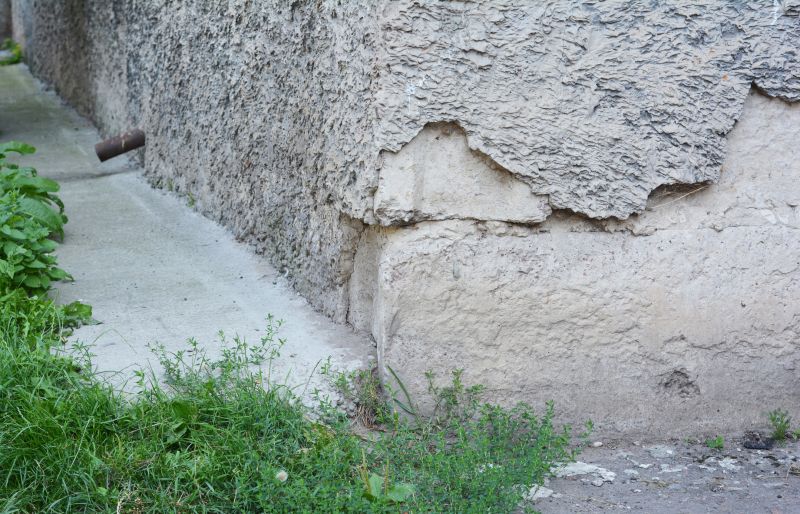
Soil expands and contracts with moisture changes, impacting foundation stability.
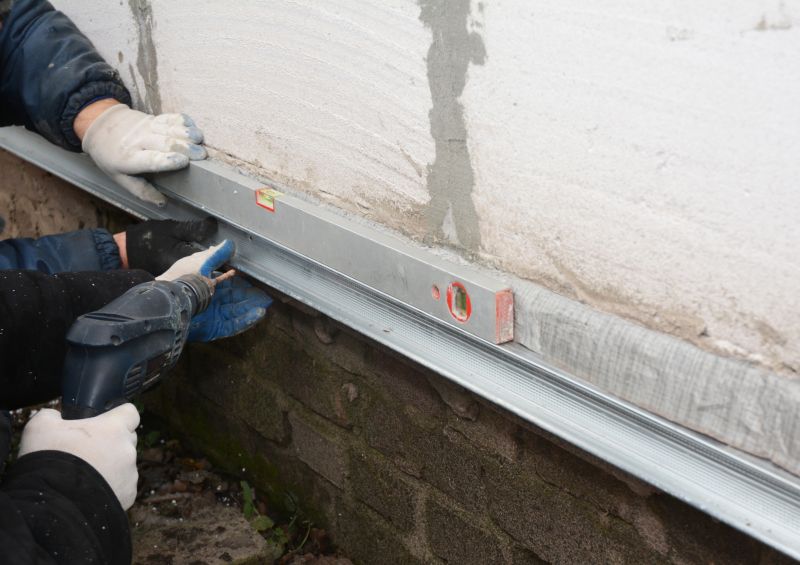
Specialized tools are used to stabilize and repair foundations effectively.
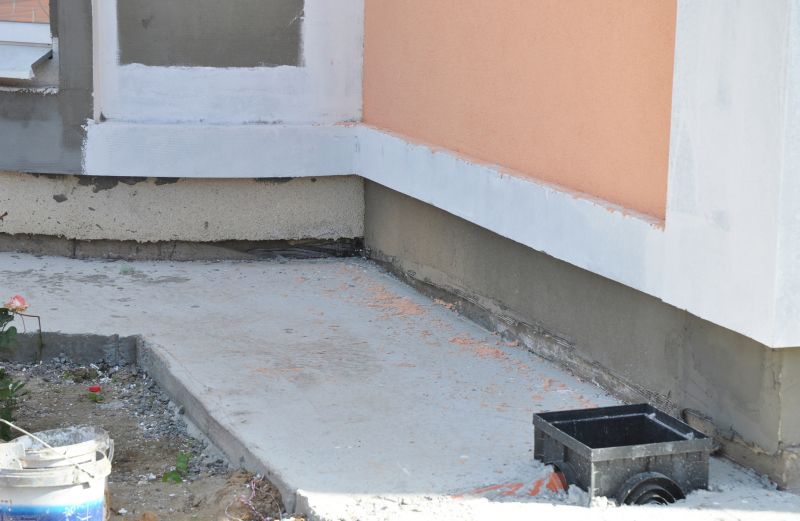
Ways to make Foundation Repairs work in tight or awkward layouts.
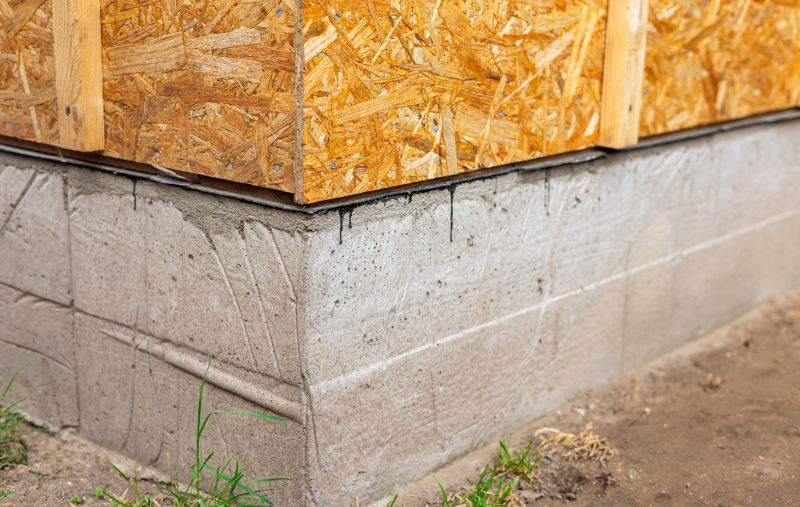
Popular materials for Foundation Repairs and why they hold up over time.
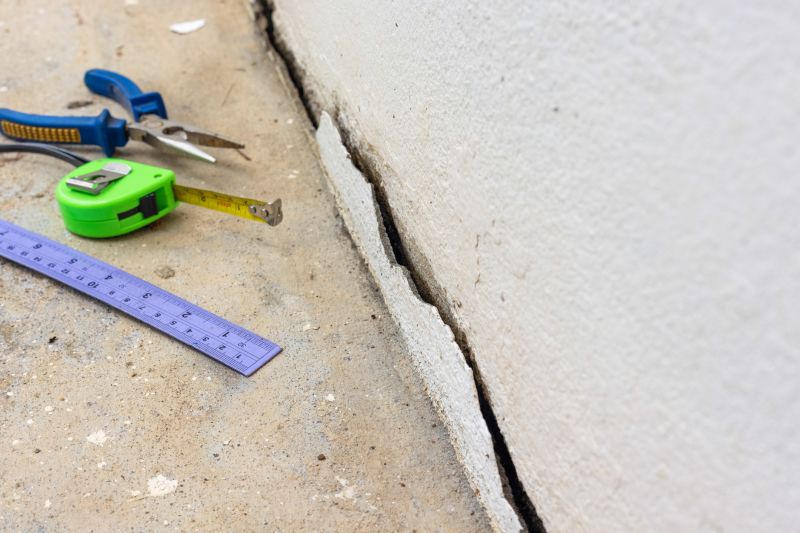
Simple add-ons that improve Foundation Repairs without blowing the budget.
| Season | Optimal Conditions |
|---|---|
| Spring | Moderate temperatures, manageable soil moisture |
| Summer | Longer days, warm weather, caution for heat |
| Fall | Cool temperatures, stable soil, ideal for repairs |
| Winter | Frozen ground, weather delays, limited options |
Foundation repairs are essential for maintaining structural integrity and preventing further damage. Addressing issues promptly can reduce long-term costs and preserve property value. The timing of repairs plays a crucial role in their success, with optimal conditions varying based on local climate and soil conditions.
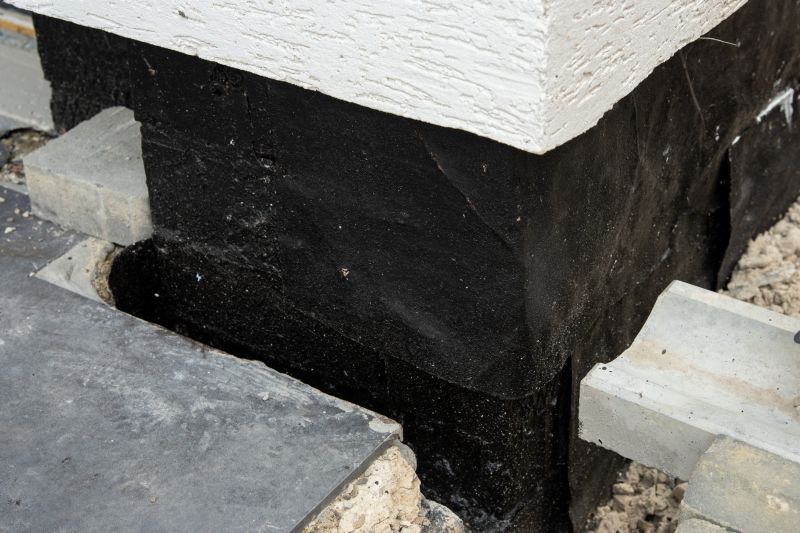
Step-by-step procedures to stabilize and repair foundations.

Visual evidence of foundation restoration effectiveness.
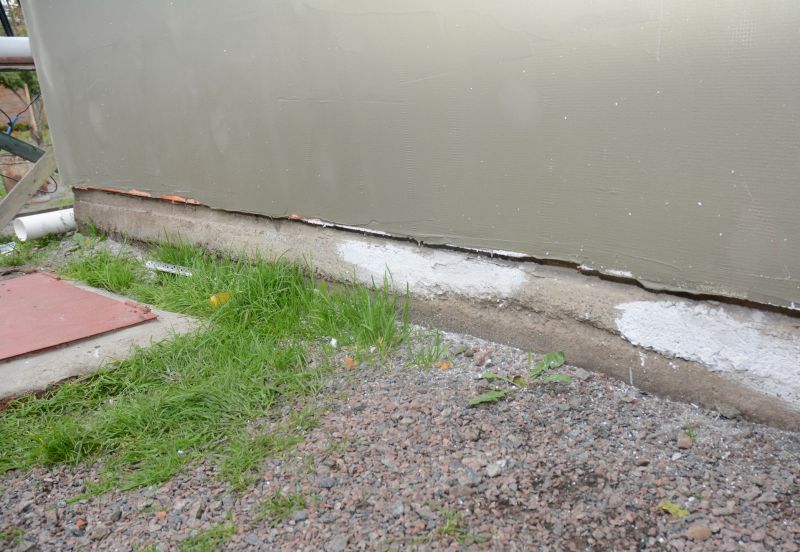
Methods used to seal and reinforce cracks.
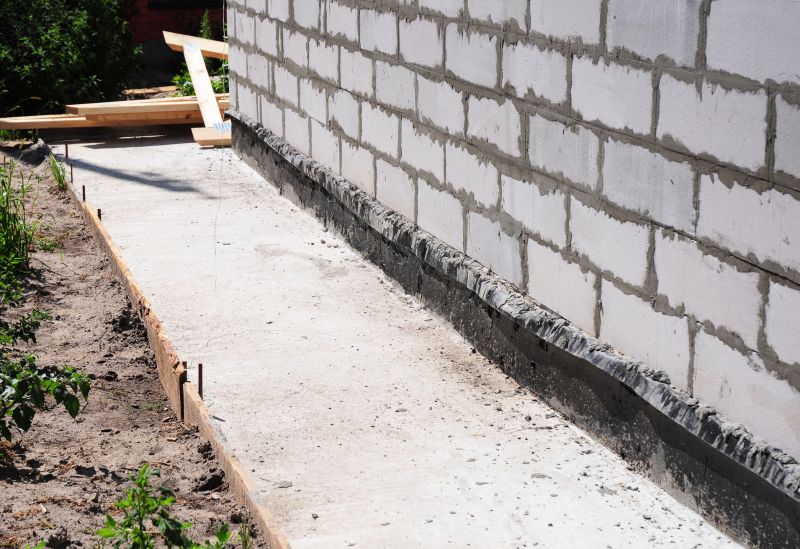
Techniques to improve soil conditions around foundations.

High-end options that actually feel worth it for Foundation Repairs.

Finishes and colors that play nicely with Foundation Repairs.

Little measurements that prevent headaches on Foundation Repairs day.
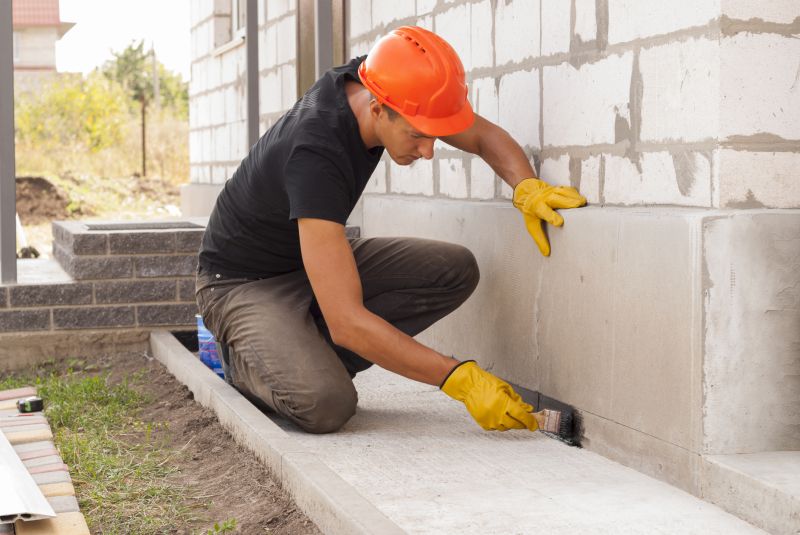
A 60-second routine that keeps Foundation Repairs looking new.
Cracks, uneven floors, and sticking doors may indicate issues.
Seasonal changes can cause shifting and settling.
Material, labor, and extent of damage influence costs.
Regular inspections can help identify early signs of problems.

